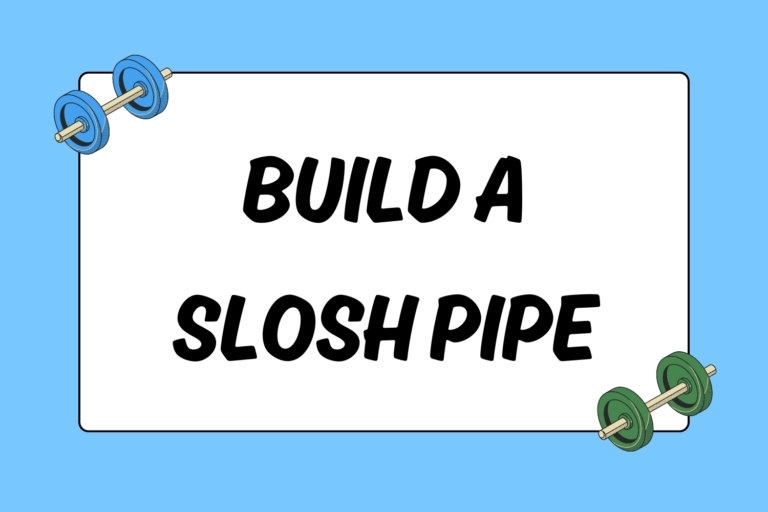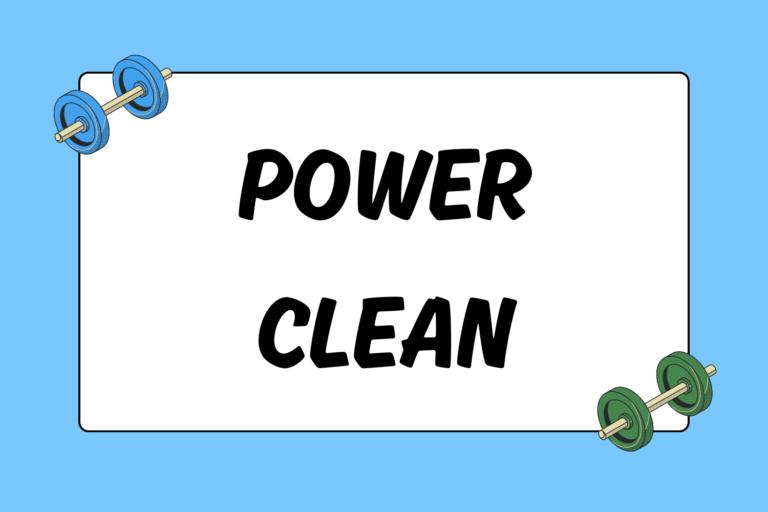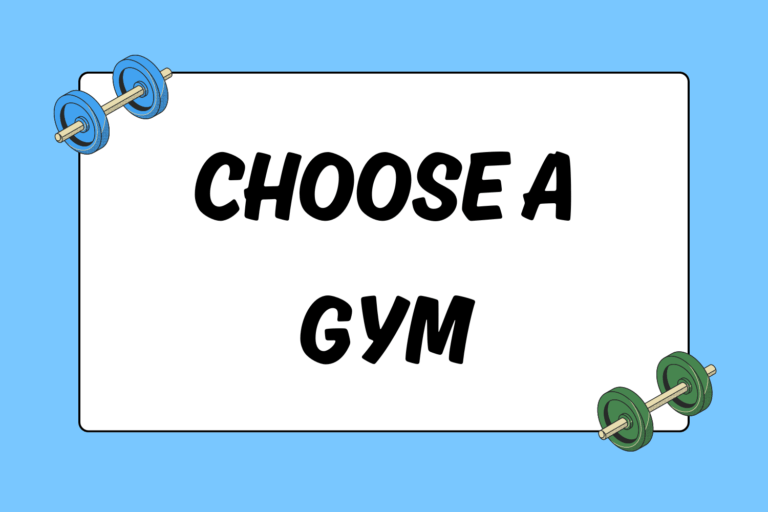Whether you are an athlete or someone who sits at a desk all day, at some point it’s likely that you’ve suffered from stiffness in your hips. Sitting incorrectly places weight on your sacrum (the shield-shaped, bony structure located at the base of the lumbar vertebrae that is connected to the pelvis) rather than maintaining a centered position over your ischial tuberosities (your “sit bones”).
To accommodate for a jammed sacrum, your entire spine must compensate by shifting, which causes your body to fall out of alignment. This can result in neck issues, headaches, and shoulder pain. These aren’t the usual spots one would think about relating to stiffness through the hips, but by working on flexibility and range of motion in the hips, the benefits will reach far beyond those troublesome regions.
The Benefits of Healthy Hips
Your hips provide stability, balance, and power. It’s important to not only strengthen the muscles surrounding the hips, but to also perform range-of-motion and flexibility exercises to keep your hips in optimal health. Some of the benefits of healthy hips include:
- Decreased knee, ankle, and foot pain
- Decreased low back and hip pain
- Improved core stability
- Increased potential power, agility, and speed
- Improved posture and balance
Range of Motion Exercises
The following group of exercises brings the hips through their full range of motion. While everyone has different levels of flexibility, the more you incorporate these exercises into your workout routine, the more you will increase your hips’ range of motion.
Hip Circles
Mimicking a hula-hoop movement, hip circles loosen up the hip area, as well as the lower back.
- Stand with your feet about shoulder-width apart and your knees slightly bent.
- Place your hands on your hips and begin to circle your hips in a clockwise motion.
- After 5-10 rotations, exaggerate the movement and increase your circle’s circumference as far as you can while keeping both feet flat on the floor.
- Perform an additional 10 circles and then repeat the exercise, circling your hips in a counterclockwise motion.
Full Leg Circles
This Pilates move brings your leg through its full range of motion, opening up the hip. It is also great for those who suffer from sciatic pain.
- Lie flat on your back with your legs fully extended. Keep your arms down at your sides and slowly lift the right leg straight up, pointing the toe upward.
- Circle the leg in a clockwise motion, circling it out to the right side as far as you can. As you complete your leg circles, maintain your position with you back flat on the floor and abdominals in tight.
- Perform 10 circles and then switch directions, moving the leg in a counterclockwise motion. Again, circle your leg to the left as far as you can while keeping your back flat on the mat.
- Repeat 10 additional circles in the counterclockwise motion, and then repeat the entire sequence with the left leg.
Straight Leg Swings
This exercise loosens up the hips while also relieving tension in the sacroiliac joint.
- Stand on your left foot, holding onto a wall or chair with your left hand for balance.
- Lean toward the left as you bring your right leg forward and back in a swinging motion. As you get comfortable with this exercise, aim to extend you the length of your leg swings.
- Perform 10-15 repetitions and then switch sides. Stand on your right leg, placing your right hand on the wall or a chair for support, and then perform 10-15 leg swings with the left leg.
Lateral Leg Swings
The side-to-side motion of lateral leg swings helps increase the range of motion in each hip.
- Stand facing a wall and place both hands on the wall for support.
- Swing your right leg out to the side and then swing it back in across the midline of your body. You should feel this movement in you hip and glutes.
- Perform 10-15 repetitions with the right leg and then switch sides. As you do this exercise more and more, you will be able to swing your legs out farther to increase the intensity.
Hydrants
Jane Fonda knew what she was doing back in the 80s when she added hydrants into her workout videos. This move rotates the hips and loosens the muscles around the hip.
- On your hands and knees, lift your right leg up, maintaining a 90-degree angle bent at the knee.
- Turn the knee out to the right, and then bring it back to its starting position.
- Repeat this move 10-12 times, and then repeat with the left leg.
Hip Flexors
The hip flexors consist of two muscles that flex the hip: The psoas and the iliacus. This group of muscles is also known as the “Iliopsoas.” The psoas attaches to the lower back, while the iliacus attaches to the ilium (the largest bone in the pelvis). Tightness in this area can pull your back forward, which is a common cause of low back pain. The following exercises and stretches will relieve tight hip flexors.
Butterfly Stretch
This stretch opens up the hips and also stretches the muscles in the pelvis and inner thighs.
- Sit down on the floor and bring the soles of your feet together in front. Your legs should form a diamond.
- Grab on to your feet or ankles, and slowly extend forward, bringing your chest toward your feet. To increase the intensity, place your elbows on your knees and push down to add slight pressure.
- Hold this stretch for 20-30 seconds, and then extend through your back to sit back up.
- Slowly lift your knees off the floor and hold for an additional 20-30 seconds.
- Finish the exercise by slowly bringing your legs up and down in a fluttering motion — thus the name, “butterfly stretch.” Repeat this for 30 seconds.
Overhead Lunges
This exercise opens up the hip flexors and is performed while holding two free weights overhead.
- Begin with your feet together, holding a free weight in each hand, and standing up straight. Step forward with your right leg and get into a lunge position, tucking the left hip slightly under.
- Keep your right knee directly above your right ankle, being careful not to have your knee move forward above your toes.
- Slowly lift the weights above your head, extending your arms straight up.
- Hold the position for 15 seconds. then bring your arms down as you return to a standing position.
- Repeat the move, alternating legs, 8-10 times.
Pigeon Pose Stretch
This yoga pose, pigeon pose, is an intense stretch for the hip flexors.
- Begin in a downward -facing dog position: Place your feet flat on the floor, raise your hips up as high as you can, and place your hands on the floor in front of you. Step your right leg forward between your hands.
- Now drop your left leg to the ground, keeping the quadriceps (the front of your thigh) on the floor. As you lower your left leg, your right knee should naturally bend.
- Keeping your right knee bent, place your leg shin-down on the mat with your heel pointing to the left. Align your right knee so it’s centered in front of you and your shin is parallel to the front edge of your mat.
- Extend through the spine and hold the stretch for 20-30 seconds while taking deep breaths.
- Then get out of the pose and repeat with your other leg.
Functionality of the Hip
The hip is involved in several types of movements, including flexing, extending, abduction, adduction, and rotation. It’s important to keep the hip joints limber and the surrounding muscles — the hamstrings, gluteals, and quadriceps — in shape to maintain proper alignment and posture. The stretches in this guide can be done daily to relieve stiffness in the hips and lower back, while also increasing the range of motion in your joints.





